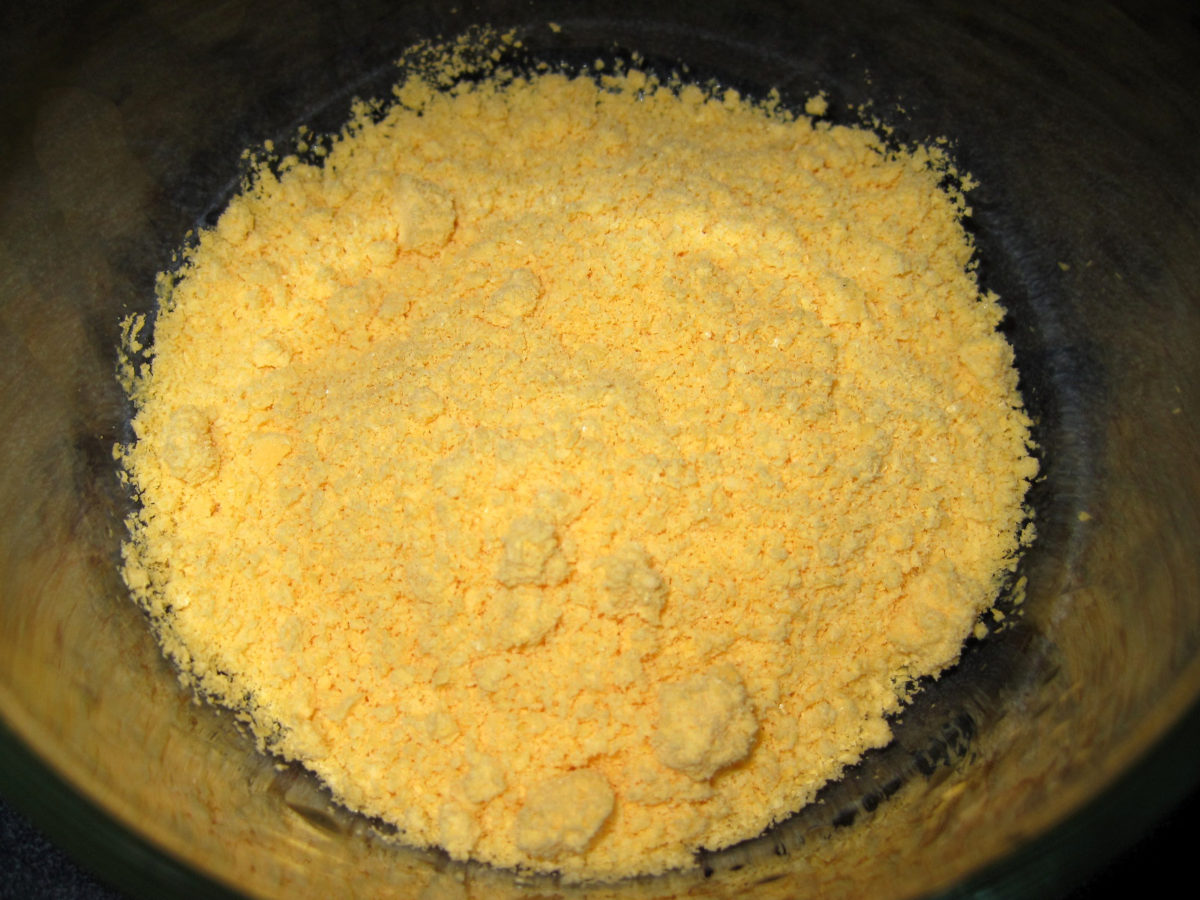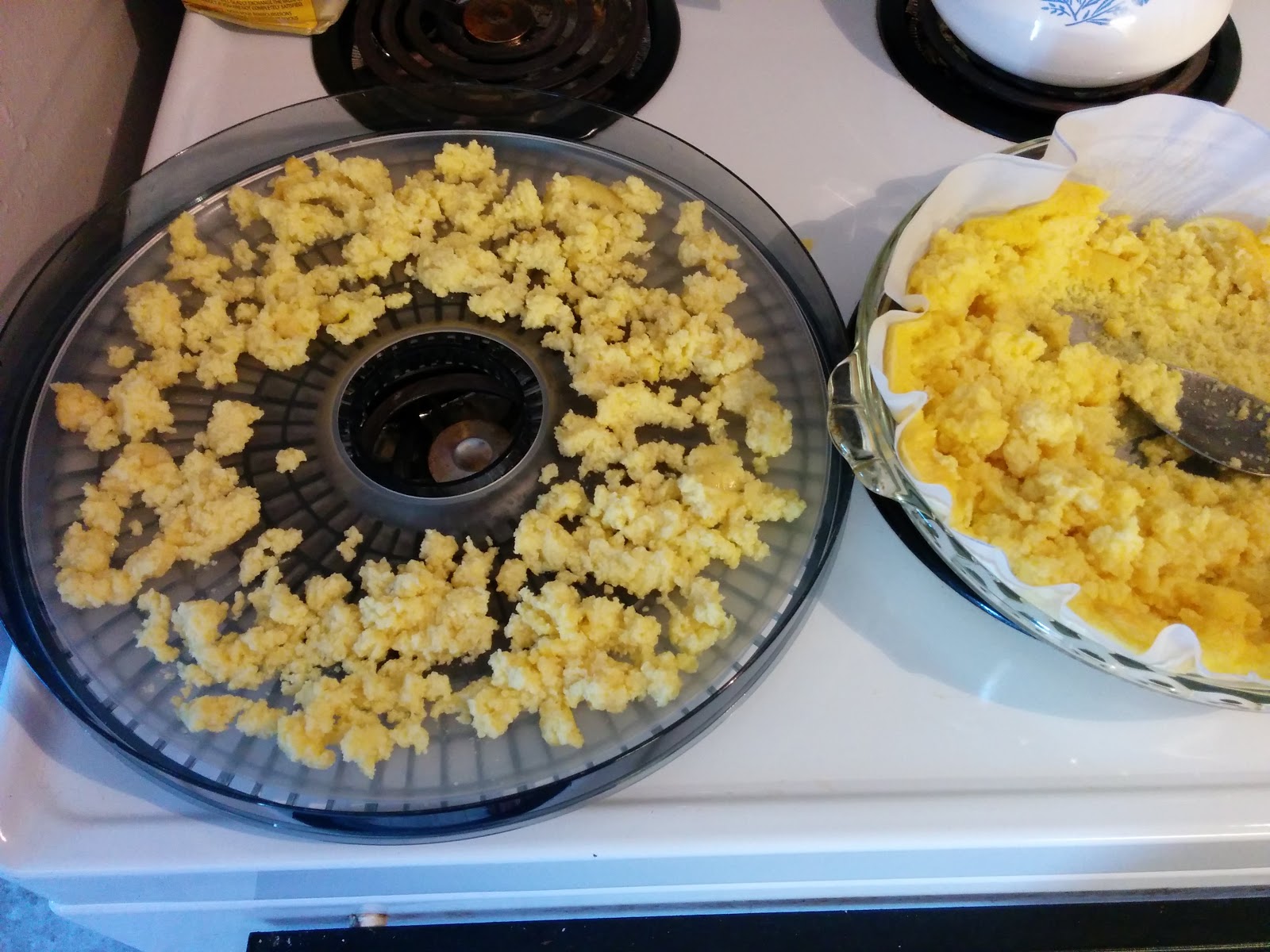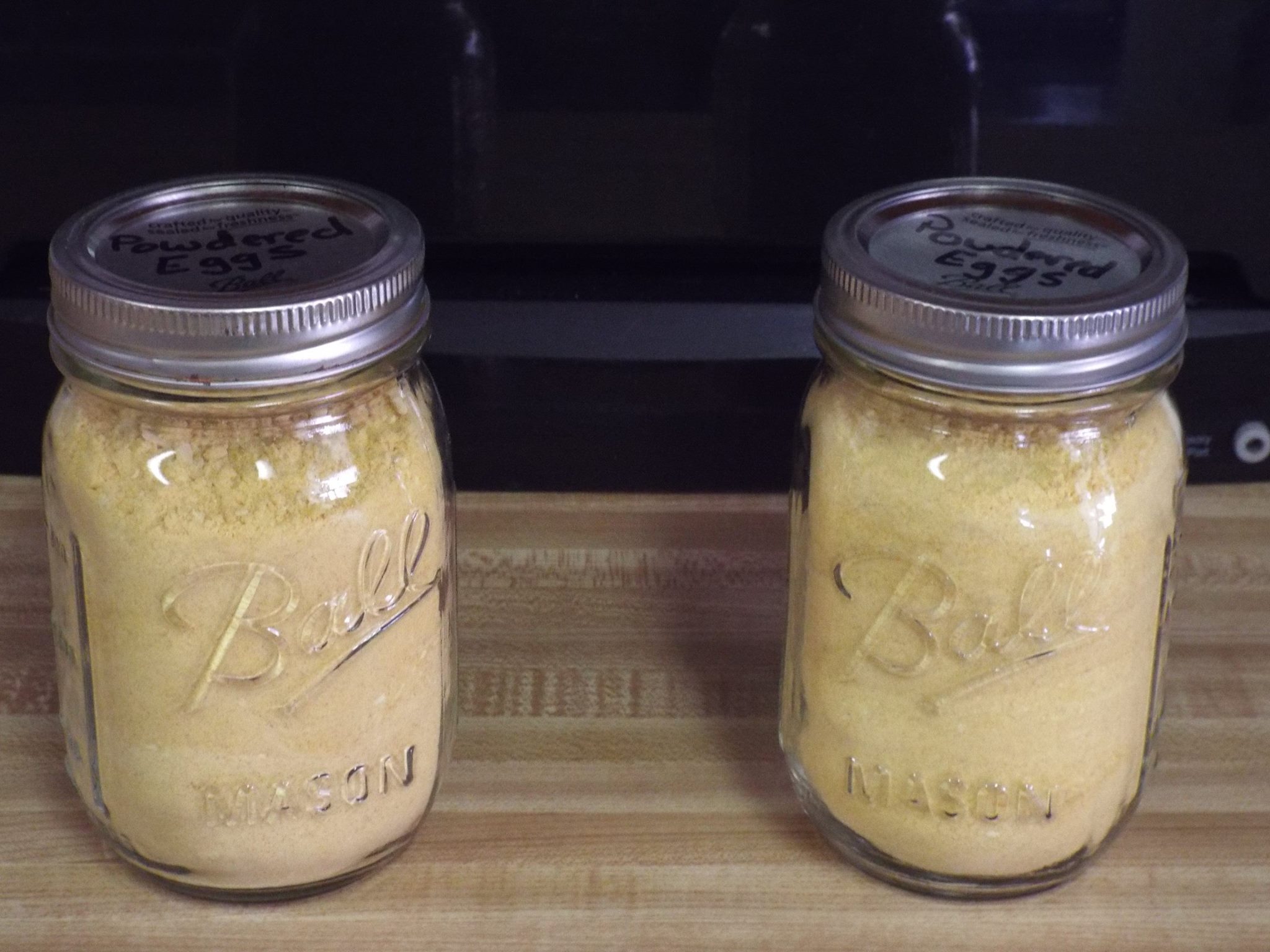
Everybody has his guilty pleasure – mine is powdered eggs. Yes, I know that nothing beats fresh-laid chicken eggs, because they’re packed with calcium, albumin, and so on and so forth. But what can you do? The heart asks pleasure first, as the saying goes, and I wouldn’t even consider coming down for breakfast if I’m all out of powdered eggs for my killer omelet.
There are very good reasons why I chose this instead of regular eggs, apart from the fact that they tout more or less the same nutritional values as their ‘living’ counterparts – they can be stockpiled for months if not years; can fit into any B.O.B, no matter how big or small it is and, most importantly, powdered eggs will be worth their weight in gold during an SHTF situation when all supermarkets will run out of the fresh variety.
Now, before showing you how I managed to make my first few jars of powdered eggs, I should warn you that this recipe will require a small investment because you’ll need a contraption called a dehydrator.
Wait! Don’t close this article yet. I was talking about a maybe a few tens (bought mine from Costco for $30). That’s about it as far as the financial part is concerned. Trust me when I say that this investment will pay off – imagine not having to hunt online discounts on survival foods such as powdered eggs. And, most importantly, if you know how to cook ‘em, you won’t notice any difference in taste.
Anyway, here’s what you will need to do in order to obtain a near-endless supply of powdered eggs.
Gathering your ingredients and kitchen supplies
To pull this off, you will need the following:
- Eggs (I used two dozen for my first batch).
- A teaspoon of vegetable cooking oil or butter.
- The dehydrator.
- A food processor.
- A blender or fork for whipping up the eggs.
- Canning jars.
- Skillet.
Done gathering the ingredients? Great! Here’s what you’ll need to do next.
How to prepare powdered eggs
Step 1. Start by cracking open the eggs in a large bowl.
Step 2. Whip up the eggs using a mixer or a fork. I would advise you to use a blender since it’s quite tricky to whip up that many eggs using a simple fork and takes less time.
Step 3. Put the skillet on the cooking machine and add a little bit of veggie oil or butter. If you don’t have a non-stick pan, use both or stick to butter.
Step 4. Set the heat to medium-low and wait for the oil to heat up. If you’re using butter, you should put the whipped eggs inside when the butter’s all melted.
Step 5. Add the whipped eggs.
Step 6. Wait until the eggs begin to bind, then use a wooden spoon or spatula to sort of shred the omelet mass. Keep stirring and separating the eggs. It takes about 10 minutes or so. Yup, basically it’s like doing scrambled eggs. Now, if you want your eggs to be extra puffy, you can add a splash of milk to the bowl while you’re whisking them.
Step 6. Move the scrambled eggs to a clean plate with a bit of paper tissue underneath and allow them to cool.
Step 7. Once the eggs have cooled down, transfer them to your food processor and set it on “pulse.” Give your scrambled eggs a couple of spins. After a couple of seconds, you should have a puffy mass of diced eggs.
Step 8. Turn on your dehydrator and set it to 125 degrees Fahrenheit. Wait for it to reach the desired temperature (mine has a green LED bulb in the front which sort of lights up when the device reaches the right temp). Don’t forget to remove the dehydrator’s lid before heating it up.
Step 9. Transfer the eggs from your food processor to the dehydrator. Put on the lid and wait. It takes about four or five hours for the machinery to remove all the moisture from the eggs. Once they’re done, the eggs will have a brittle aspect.
Step 10. Put the eggs back into the food processor and give them a spin or two to turn them into powder. Enjoy!
There’s another way of making powdered eggs. Works great if you’re on the run or not in the mood of going through all the steps. As you will see, the dehydrator you’re just bought comes with a fruit roll sheet (yup, you can use it to get the moisture out of fruits and make your own trail mix).
Now, get half a dozen eggs and whisk them. Put the fruit roll sheet on top of your dehydrator and set it to 145 degrees Fahrenheit. When the thing’s beginning to heat you, dip a paper towel in some veggie oil and grease the surface of your fruit roll sheet.
Add the whisked eggs (careful not to spill your mix inside the device). You don’t need to put the lid on. Leave it like this for 14 to 16 hours. Swing by from time to time to see if everything’s okay. When they’re done, they’ll have the same brittle texture as in the steps described above. All you need to do now is to transfer them to your food processor (don’t bother waiting for them to cool down), give them a good shake, and that’s it.
As for storing, you can use regular canning jars or zip-lock bags. If you want to make survival packs for your bug out bag or household survival kit, you can try using a vacuum sealer.
For the cooking part, all you’ll need to do would be to rehydrate them – I personally like to add them to a small pan with boiled water and sort of make poached, scrambled eggs. Yes, I know it sounds unappetizing, but nothing a little bit of salt, pepper, and a slice of homemade spam can’t fix.
Hope you’ve liked my article on how to make powdered eggs at home. If there’s anything more to add, be sure to hit me up in the comments section.






















